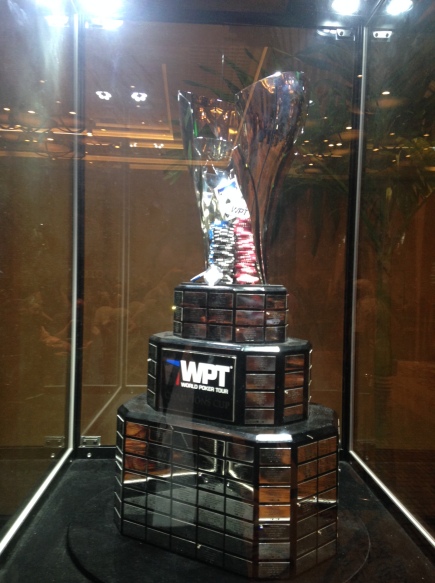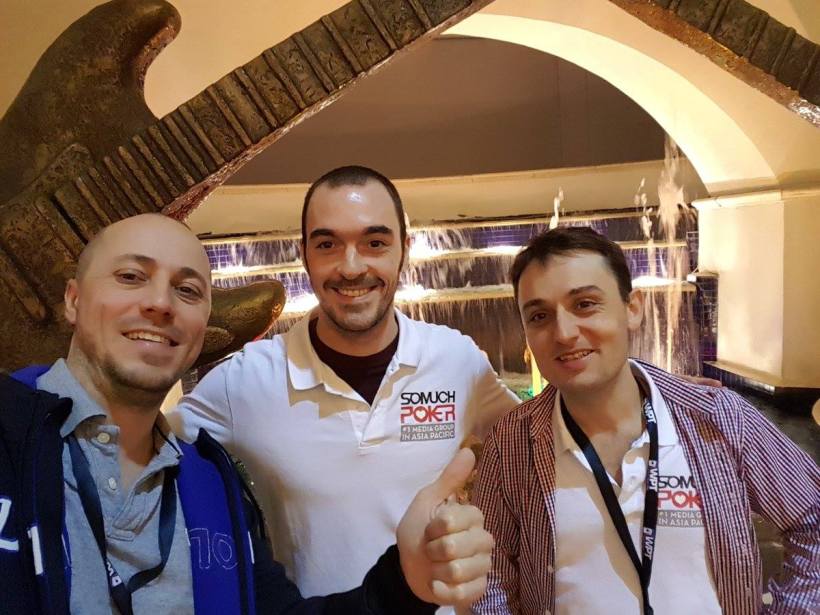Apologies for the delay in this post. University life has been busy, and there have been a couple of nights recently which were spent wading through walls of sound while being intermittently blinded by coloured lights. In many ways, my nights out are similar to what I’d expect an alien abduction to feel like. Darkness, confusion, flashing lights and loud noise accompanying the sight of gesticulating silhouettes moving about around me. But, despite that description, going to the club always makes for an interesting evening (as it did last night) and so I shall no doubt be talked into going again next term.
For this post today, I will move away from complicated theories about time, size, space and other things and take a moment to admire the strength of spirit and courage that exists within certain historical figures. One person in particular has always been inspirational to me, not just because of the extreme bravery they showed, but also in their tactical brilliance.
Horatio Nelson is my favourite historical figure. Despite having a statue in Trafalgar Square, and of course having the square itself named after his greatest triumph, not too many people know his full story in detail. One quick google search and you can find an accurate description of him on wikipedia: “He was noted for his inspirational leadership, superb grasp of strategy, and unconventional tactics, all of which resulted in a number of decisive naval victories”. Having always loved strategic games myself, but having never really been overly courageous, Nelson’s story has always been an interesting one to me.
Having joined the navy at 12 years old, Nelson quickly rose to become an officer and later, after gaining command of his own ship suffered a wound at Corsica that led to the loss of sight in his right eye. As soon as he was able to sail again, he was given command of a 74 gun ship called HMS Captain and soon found himself involved in the battle of Cape St Vincent. Disappointed by the fact that his ship was at the rear of the fleet and would take a long time to be able to engage Spanish ships in battle, Nelson broke away from the fleet and disobeyed orders to engage three large Spanish ships. With command of the 74 gun ship, Nelson fought the 112 gun San Josef, the 80 gun San Nicholas and the 130 gun Santisima Trinidad in a vicious 2 hour battle. He had help later in the battle from another British ship, but nonetheless his victory was spectacular, as he captured two of the Spanish ships in the process.
Further battles against Spain took place in the months that followed. Hand to hand fighting at Cadiz would have led to Nelson’s death, had it not been for a seaman named John Sykes who saved his life, and was badly wounded himself in the process. A few months later came the battle of Santa Crus de Tenerife, in which Nelson led a battalion ashore by night, and was struck by a musketball which shattered the Humerus bone in his upper right arm. Nelson remained unfazed by his injury, refusing attempts to help him back aboard the ship claiming that he could do just fine with two legs and one arm at his disposal. He went to see the ship’s surgeon, showed him the mangled arm and simply said “the sooner it’s off the better”. He was up and about giving commands half an hour after the amputation.
The year of 1801 brought with it the Battle of the Nile, and more fighting against the French fleet. The British atacked the enemy fleet, despite having less firepower, and Nelson was once again almost killed in battle as a piece of French shot struck a glancing blow to his head, tearing a gash above his good eye. After being quickly patched up by the surgeon once again he came back on deck to direct the battle, only retiring to his quarters once the French flagship had exploded after catching fire.
The same year, Nelson fought in the Battle of Copenhagen. With three ships having run aground and heavy fire coming from gun batteries on the shore, Nelson’s superior officer gave the signal to retreat. Nelson raised his telescope to his blind eye and said “I really do not see a signal” before pressing on with his attack. The fierce three hour battle ended in a ceasefire and diplomacy, before an armistice was signed. Nelson was then given the HMS Victory to command, and went on to meet the combined French and Spanish fleet at Trafalgar.
The opposing fleet had 33 ships to Nelson’s 27 during the Battle of Trafalgar, but Nelson remained confident of victory. Rather than fighting as one single line of ships versus the other, he planned to separate his fleet into squadrons and dissect the line of enemy ships at different points, surrounding and engaging them in pockets, inflicting heavy damage before they were able to organise and respond to the unusual manner of attack. As an example of supreme courage to his men, Nelson wore his jacket covered with medals, clearly marking himself out to the enemy and making himself a magnet for musket fire. Musket shots were notoriously poor in terms of accuracy, and so it wasn’t complete suicide, but it was an incredibly brave way to show his men true courage and draw some of the gunfire away from them and onto himself.
As the gunfire erupted and the ships engaged each other at Trafalgar, Nelson was joined on deck by his flag captain, Thomas Hardy, and his secretary, John Scott. Almost as soon as the battle started, Scott was struck by a cannonball and killed instantly, with Hardy’s clerk then taking over the role. The clerk was then killed almost immediately before a piece of shrapnel ripped the buckle from one of Hardy’s shoes, causing Nelson to remark “this is too warm work to last long”. At around 1 o’clock, with the battle raging, a French sharpshooter in the mast of an enemy ship which was alongside HMS Victory, struck Nelson down with a musket shot. The projectile entered Nelson’s left shoulder, passed through his spine and ended up lodged under his right shoulder blade, inflicting injuries that no surgeon could repair. The following part of the story perhaps describes Nelson better than any other. As members of the crew were carrying the stricken Nelson below deck, he commanded that they stop a moment, so that he could give some advice to a midshipman on his handling of the tiller. Once below deck, Nelson clung to life for another three hours, and only allowed himself to die once he had been told that his fleet had won the battle.
I should also point out that along with suffering recurring bouts of malaria in his career, Nelson also suffered with sea-sickness throughout his life, making his victories all the more impressive.
While we should never revel in conflict or empire building as being glorious, I do feel that Nelson deserves his fair share of admiration as a remarkable example of courage and sacrifice in the face of adversity. I think the reason that I personally find him inspirational is probably because he had more courage than I could ever have, along with having tremendous faith in his own abilities.
For most of us, life isn’t about achieving the seemingly impossible, it is simply about making progress. We should never use failure as an excuse to stop trying or be defeated by falling short. When it comes to overcoming difficulties in life, the only thing we should ever really feel ashamed of is giving up. So, while approaching our struggles and fears with a willingness to fight will eventually allow us to look back with pride upon what we overcame, I think we can all take some extra inspiration from admiring the great struggles overcome by people like Horatio Nelson.






























